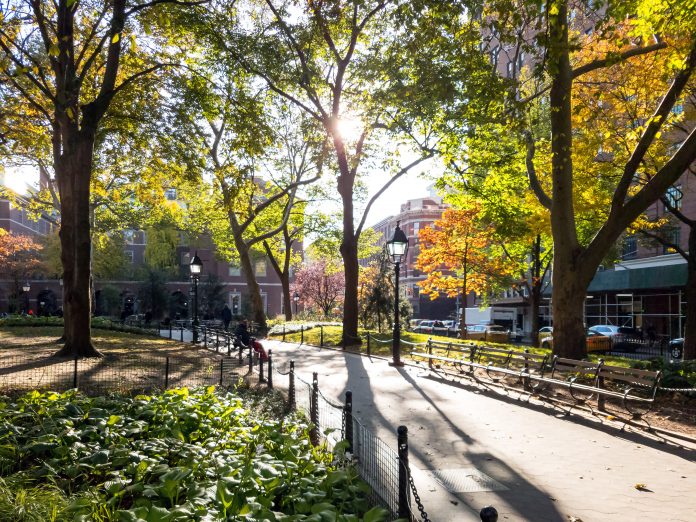Researchers from McGill University have estimated that over the next 30 years, 1.4 million street trees will be killed by invasive insect species
Costing a projected 900 million dollars to replace, the first nationwide spatial forecast of street tree mortality rates shows the extent to which invasive species will change our world.
Published in the British Ecological Society’s Journal of Applied Ecology, researchers have released data surveying 30,000 urban areas across the United States, to show hot spots in danger of major agricultural loss.
90% of the 1.4 million trees that were forecasted death in the study are predicted to have been caused by what is known as the ‘emerald ash borer’ – an insect expected to kill virtually all ash trees in more than 6000 urban areas.
Tracking invasive insects to protect trees
In order to enable the forecasting of invasive insects on US street trees over the next 30 years, the researchers combined a series of four models. These included models of street tree populations in 30,000 communities, the predicted spread of 57 invasive insect species, how deadly these insects are to different tree species, and the cost of removing and replacing dead trees.
Due to the availability of data, the study focussed specifically on street trees, which only represent a small fraction of all urban trees.
The study also only forecasted the economic costs to municipalities dealing with street trees being killed and not wider the ecological impacts. Dr Frank Koch research ecologist and team leader with the Eastern Threat Center NC, said: “The ecological impacts of losing urban trees or an invasive species moving from urban to natural forests would both be considerable. However, these impacts were beyond the scope of our study.”
The impact of invasive insects and hotspots
Researchers have predicted that the impact of invasive insects will not be evenly spread across the country, with less than a quarter of US communities set to experience 95% of all street tree mortality.
Professor Jane Memmott at the University of Bristol, who was not involved in the study said: “Urban trees do a variety of wonderful things – they keep cities cool, they take the sting out of heavy downpours, they are good for biodiversity and they even make people happier.
New York, Chicago and Milwaukee are some of the hotspots that the study draws attention to, these areas have very high numbers of ash trees and are in the recent or near-future path of emerald ash borer. Along with this, larger human populations are also predicted to increase the influx of invasive insects to an area.
Insects such as US. Asian wood boring insects like citrus long-horned beetle have been labelled as the biggest threat with new establishments of these species potentially costing 4.9 billion dollars over the next 30 years.
The potential to protect urban trees still exists
Trees form an important part of our urban environments and provide a host of benefits including improving air quality, cooling streets, carbon capture, habitat provision for wildlife and improving citizens’ mental and physical health. We need to take note of excessive urban activity such as trade and travel that expose urban trees to higher numbers of invasive species.
This research can be utilised by future tree managers to know which tree species, in which areas will be at greatest risk from invasive insects. This information can be used to prioritise management efforts such as quarantining wood products.
Dr Emma Hudgins at McGill University and lead author of the research said: “These results can hopefully provide a cautionary tale against planting a single species of tree throughout entire cities, as has been done with ash trees in North America. Increasing urban tree diversity provides resilience against pest infestations. While we know this more intuitively for monocultures of crops, many cities continue to plant what are essentially monoculture urban forests.”
“This paper shows that unless we plant a variety of tree species in our cities, urban trees are seriously at risk from invasive pests. The take home message to urban planners, is to plant multiple species in cities rather than focus on just a few familiar species; It’ll keep trees wonderful, and it will keep them in our cities.”











